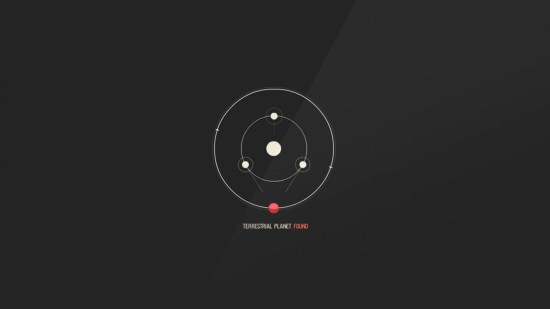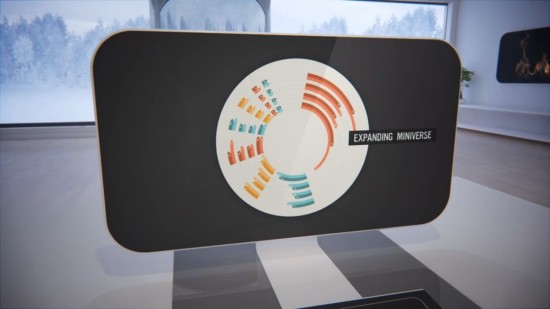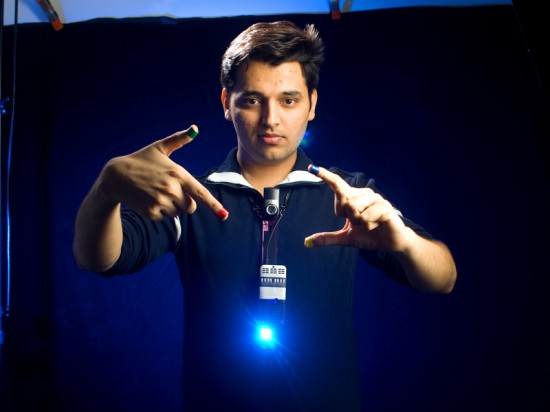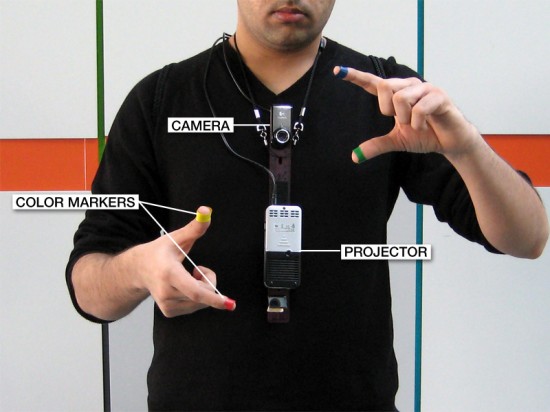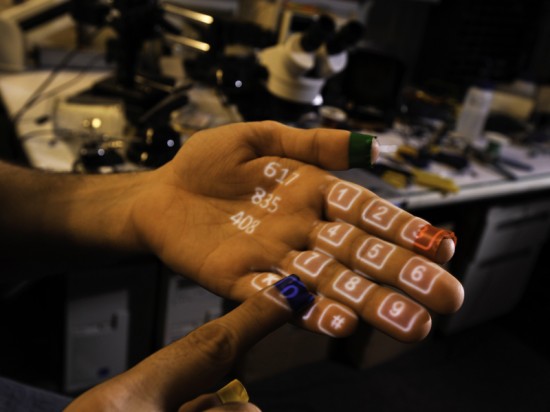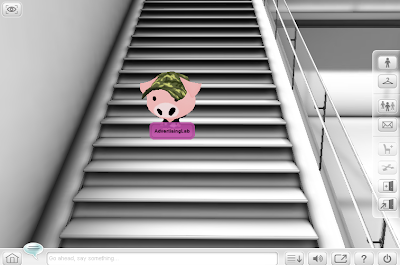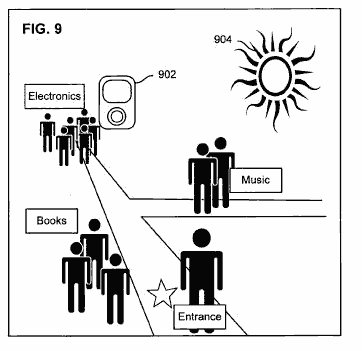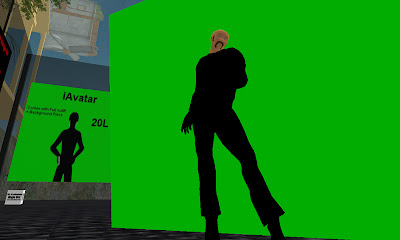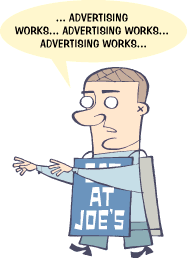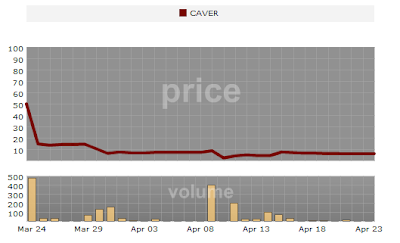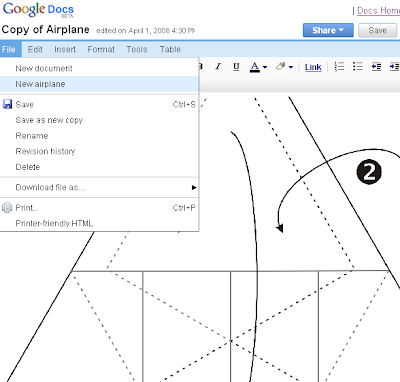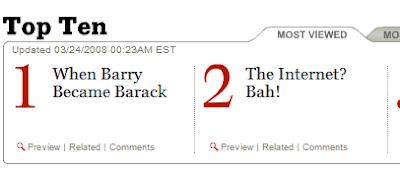Considering how much the banner format has evolved over the past decade, it’s surprising how little innovation we see on the publishers’ side of the equation. For the most part, publishers treat their ad space as just that: a blank piece of real estate that they rent out. As in real estate, the neighborhood and the location is important, but a lot with extra features could command a higher price. To be fair, many publishers offer targeting capabilities that are much more advanced than in the past, although even with targeting the lowest common denominator is pretty low. And, to continue with the real estate metaphor, most of the lots for rent lack something as basic as a sewage hook-up.
The only two examples of ad spaces with extras I could think of are CNet and Facebook (but please drop a comment if I’m missing something).
Ad units throughout the CNet network (see this page, for example) come with “Ad Feedback” links to the unique feedback forms, although I don’t know if the feedback is for advertisers’ or CNet’s use.
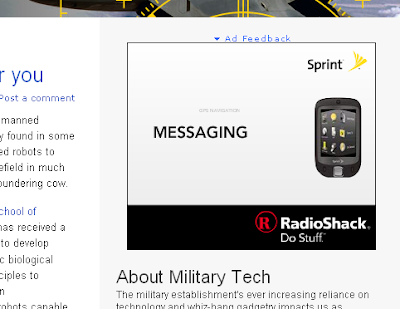
The feedback link above an ad unit on a CNet site.

Ad feedback form on CNet.
[Update]: Adpinion and BrandJury are two start-ups pursuing the ad feedback idea (from the comments on Steve Rubel’s post on the subject a few weeks ago).
And Facebook aggregates all ads that share a common audience on Ad Board, a page you can reach by following the “More Ads” link under the ad.

Click the “More Ads” link on Facebook…
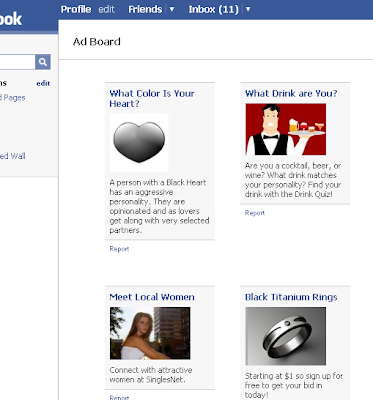
… to see more ads targeted at you.
Google has been offering a feature similar to Facebook’s Ad Board for a long time now: search for a popular product then click the More Sponsored Links link on the bottom of the AdWords column but it looks more like an afterthought than a feature intended to be actively used. I’d clean up the formatting and somehow display ads associated with similar queries: a search for “gaming laptop” produces a slightly different set of ads that could be combined with those for “laptop for games” on one classifieds-like page.

Google’s Sponsored Links pages even have a dedicated search feature.
A few other things on my wish list. None of them guarantee success, but then how are we going to know for sure if we don’t experiment?
1. Bookmarking. Jacob Nielsen wrote about it five years ago: “Why not make it possible for users to review ads after they rotate off the screen? If every site that featured rotating, dynamically generated ads simply offered a button at the ad location — “view last 10 ads here” — we predict that advertisement success rates would increase.”
2. Associate ad content with site content where possible. The CNet ad above for Sprint could come along with links to past tried it two year ago; I wonder how it went. [update: It died because advertisers didn’t want to take the risk, Engadget’s Peter Rojas explains.]
4. Sharing. Cutting out and sharing coupons is a well established behavior offline with barely any online analogs.
Earlier:
10 Tips for New Ad-Supported Ad Businesses





